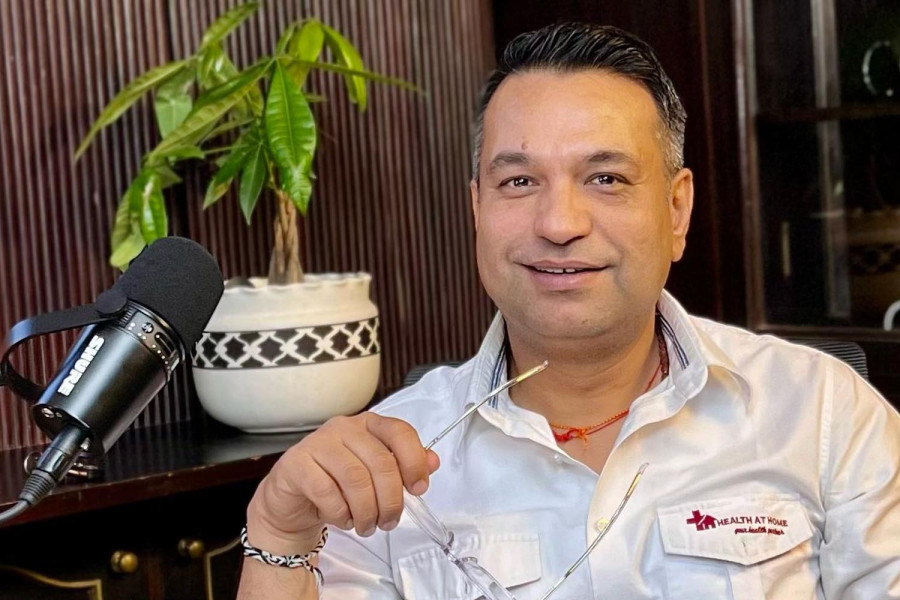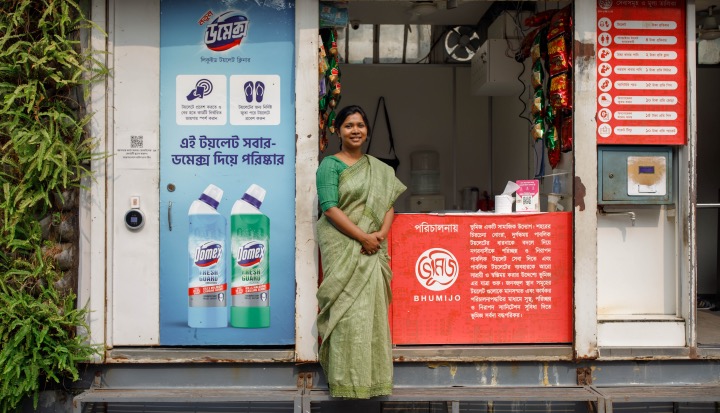Hunny Bhagchandani, founder and director of Torchit Electronics, a social-tech start up based in India, has continually been driven by creating accessible and affordable assistive technology for people with disabilities (PwDs). This is the sole motivation behind Bhagchandani’s innovation.
“The lack of affordable assistive technology for PwDs was a major problem. Seeing individuals struggle with mobility, education, and employment motivated me to innovate solutions that truly empower and uplift.”
Understanding the challenges and barriers that have, and continue, to limit the independence of so many, Hunny has dedicated his career breaking through these barriers.
“Innovation is at the heart of Torchit’s mission—it allows us to create affordable, scalable, and impactful assistive technologies that break barriers for persons with disabilities (PwDs). By leveraging AI and smart technology, we are making accessibility a reality, not a privilege, for millions worldwide.”
Pushing through barriers and strivings for innovation does not come without creativity; for Bhagchandani and Torchit, this is means “constantly [challenging] ourselves to think beyond limitations,” he explains. For Bhagchandani the importance of “creating solutions that are affordable, intuitive, and user-friendly,” which was especially true in “the process of developing devices like Jyoti AI and Saarthi Smart Cane,” cannot be understated. With this strife for affordability, sustainability, along with creativity, these innovations have “required [Bhagchandani] to reimagine how visually impaired individuals interact with the world,” displaying what is means to innovate: to think outside of the box to create something that hasn’t been done before.
The use of Artificial Intelligence has played a major role in this process.
“AI has been a game-changer—it enables real-time text recognition, facial recognition, object detection, and smart navigation.”
With the development of these AI technologies, assistive technology is no longer limited to basic mobility solutions. Bhagchandani envisions a future where AI technologies can be seamlessly integrated into daily life, enabling individuals with disabilities to navigate the world independently and with confidence.
“The response has been incredibly positive—users share stories of how our technology has transformed their independence and confidence. Organizations and governments are now recognizing the importance of assistive tech and actively supporting our mission.”
The communities response to incorporating these new technologies has been a massive success. Despite this success and upward trend in Torchit Electronics, innovation does not come without its challenges. For Torchit, Bhagchandani highlights three major challenges that they have faced and continue to combat are:
“Affordability vs. Advanced Tech – Making cutting-edge solutions cost-effective for underserved communities.
• Awareness & Accessibility – Even the best innovations require strong distribution networks and training.
• Funding & Scaling – Ensuring sustainable growth without sacrificing our core mission.”
These challenges push Bhagchandani and Torchit to continuously refine their work, approach situations from new perspective, and create new strategies that will ensure the validity of their product as well as ensuring their technologies reach the people that need them most.
Beyond the technical aspects of innovation, Bhagchandani emphasizes the human element of his work. The genuine care that he has for the people he tries to aid and the emotional impact of his technologies can often be overlooked, he feels, as the focus favors technological advancement.
“One thing that is often overlooked—the emotional impact of assistive technology. It’s not just about devices; it’s about restoring confidence, dignity, and self-reliance to millions of individuals.”
This theme of empathy is a key motivation for Bhagchandani, when I asked him what keeps you up at night? His response for himself and his company was:
‘”How can we scale faster and reach every person in need?
How do we continue making our solutions better, smarter, and more affordable?
How can we ensure equal opportunities for PwDs across the world?”
How can Torchit continue to impact others, what more aren’t they doing, what can they do better? These are important questions that Bhagchandani continues to answer as is the theme with innovation.
For Bhagchandani, impacting real lives, of real people, who have real needs is of the upmost importance. This journey is a testament to the power of purpose-driven innovation. His work is not just about advancing technology but about transforming lives—one breakthrough at a time. Innovation is always moving, never stagnant, and Bhahchandani and Torchit Electronics are evidence of this continual strife.




